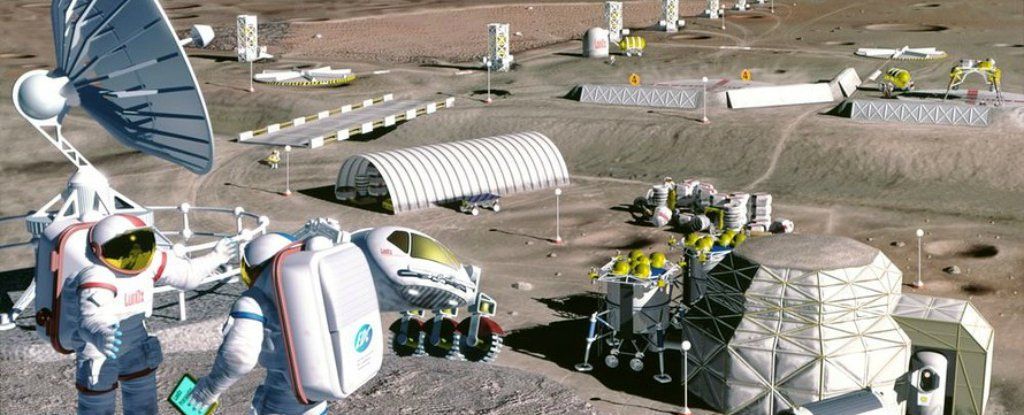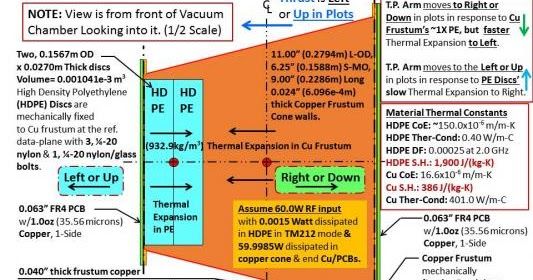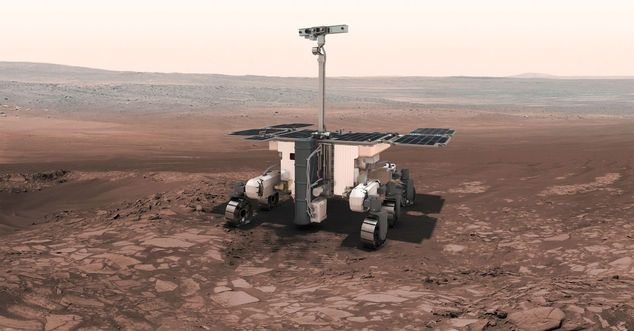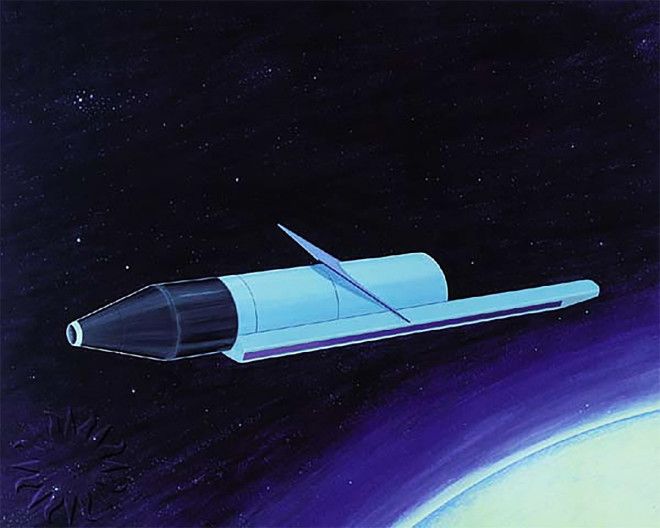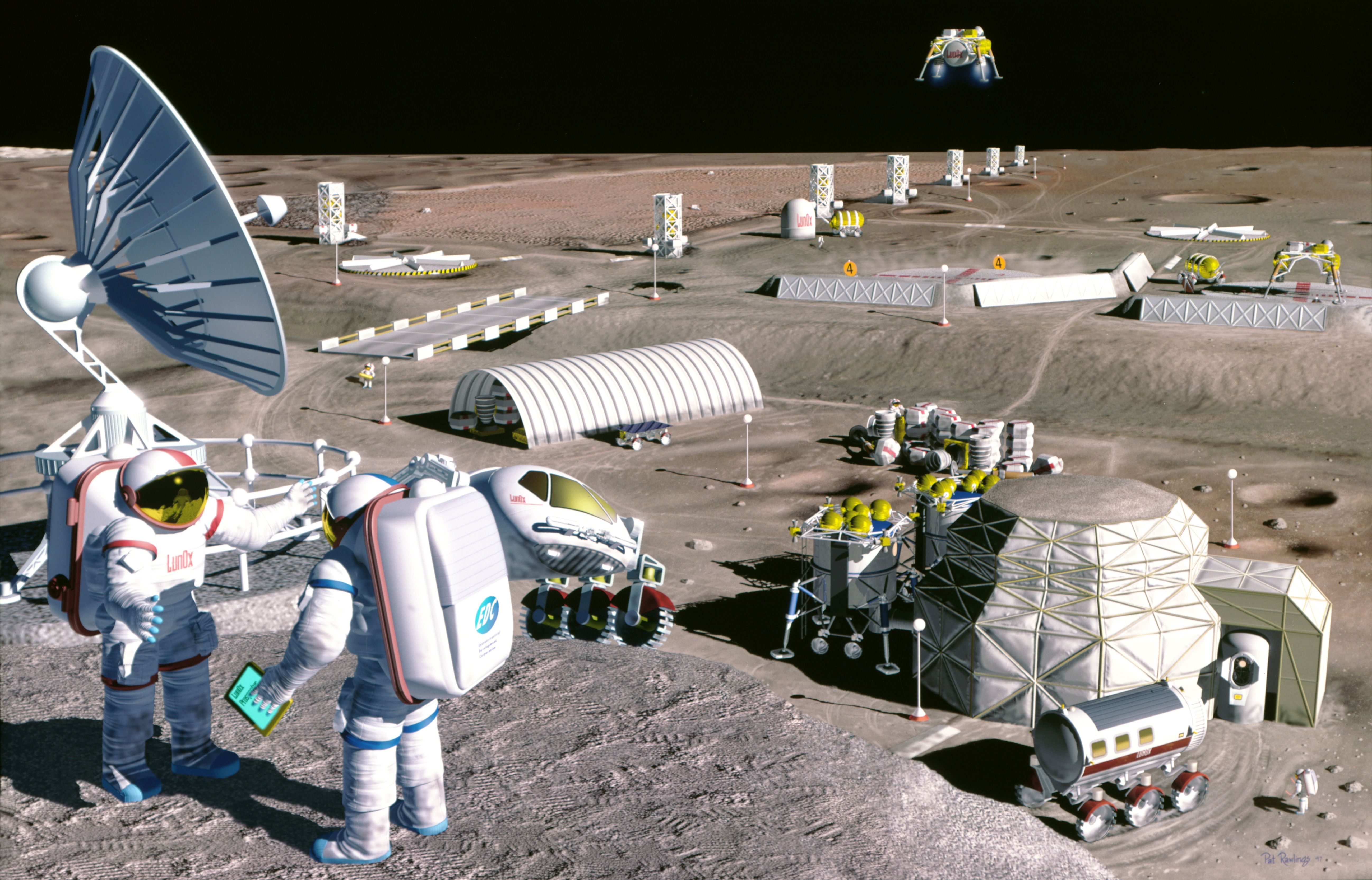Archive for the ‘space travel’ category: Page 474
The night before the Space Shuttle Challenger was due to lift off, on January 27, 1986, Bob Ebeling tried to talk his boss out of approving the launch. Ebeling was an engineer for a NASA contractor, one of five who worried that the rocket boosters’ “o-rings” might turn brittle in the overnight cold, and that leaking fuel could lead to an explosion. Ebeling’s supervisor refused to stop the launch, and the shuttle exploded the next day, killing 7 astronauts, including a school teacher. A Presidential Commission would later vindicate Ebeling and his colleagues.
Over at NPR, Howard Berkes has written a moving remembrance of Ebeling, who was wracked by guilt for decades. The morning of the launch, Ebeling drove to work to watch the event from a company conference room. He was accompanied by his daughter:
“He said, ‘The Challenger’s going to blow up. Everyone’s going to die,’” [she recalled.] “And he was beating his fist on the dashboard. He was frantic.”
Mar 22, 2016
NASA scientists say we could colonise the Moon by 2022… for just $10 billion
Posted by Shailesh Prasad in category: space travel
A lot of focus over the past 12 months has been on NASA’s journey to Mars. But a group of space experts, including leading NASA scientists, has now produced a special journal edition that details how we could establish a human colony on the Moon in the next seven years — all for US$10 billion.
Although that’s pretty awesome, the goal isn’t really the Moon itself — from an exploratory point of view, most scientists have bigger targets in sight. But the lessons we’ll learn and the technology we’ll develop building a human base outside of Earth will eventually be the key to colonising Mars, and other planets, according to the experts.
“My interest is not the Moon. To me the Moon is as dull as a ball of concrete,” NASA astrobiologist Chris McKay, who edited the special, open-access issue of New Space journal, told Sarah Fecht over at Popular Science. “But we’re not going to have a research base on Mars until we can learn how to do it on the Moon first. The Moon provides a blueprint to Mars.”
Continue reading “NASA scientists say we could colonise the Moon by 2022… for just $10 billion” »
Mar 21, 2016
NASA is in the process of getting another peer reviewed EMDrive paper published
Posted by Klaus Baldauf in categories: materials, space travel
Paul March also endorsed the technical information and insights of forum member Rodal on the topic of EMdrive. Rodal indicates the differences in dielectric materials and other nuances of interpreting the known results.
A radio frequency (RF) resonant cavity thruster is a proposed new type of electromagnetic thruster. Unlike conventional electromagnetic thrusters, a resonant cavity thruster would use no reaction mass, and emit no directional radiation.
A few variations on such thrusters have been proposed. Aerospace engineer Roger Shawyer designed the EmDrive in 2001, and has persistently promoted the idea since then through his company, Satellite Propulsion Research.
Continue reading “NASA is in the process of getting another peer reviewed EMDrive paper published” »
Mar 18, 2016
Antimatter to ion drives: NASA’s plans for deep space propulsion
Posted by Klaus Baldauf in category: space travel
Mar 16, 2016
ExoMars 2016 phones home on way to Mars
Posted by Karen Hurst in category: space travel
“There is a political meaning and objective to this mission: working together beyond national borders, beyond crises on Earth”, he told Bloomberg, adding, “We use a Russian launcher, with American contribution and it’s a European mission”.
The ESA’s ExoMars 2016 mission — carrying two Electra UHF, or ultra- high frequency, radios — launched from Kazakhstan and is expected to arrive at Mars in seven months.
This is a series of missions that’s trying to address one of the fundamental questions in science: is there life anywhere else besides the Earth? ExoMars is a two-phase mission, with the second phase to be launched in 2018.
Continue reading “ExoMars 2016 phones home on way to Mars” »
Mar 11, 2016
Russia Thinks It Can Use Nukes to Fly to Mars in 45 Days—If It Can Find the Rubles
Posted by Klaus Baldauf in category: space travel
Russia could drastically shorten the flight time to Mars, if it can find the rubles to pay for its nuclear fission engine.
Mar 10, 2016
We Could Be Living On The Moon In 10 Years Or Less
Posted by Gerard Bain in categories: 3D printing, robotics/AI, space travel
Mar 10, 2016
Interstellar Missions Survey
Posted by Klaus Baldauf in categories: evolution, physics, space travel
An interstellar precursor mission has been discussed as a priority for science for over 30 years. It would improve our knowledge of the interstellar environment and address fundamental questions of astrophysics, from the origin of matter to the evolution of the Galaxy. A precursor mission would involve an initial exploration probe and aim to test technological capabilities for future large-scale missions. With this survey we intend to identify potential backers and gauge the public’s interest in such a mission.
This survey is conducted by the International Space University (www.isunet.edu) in collaboration with the Initiative for Interstellar Studies (www.I4IS.org). Your data will not be shared with any other organisation.
Mar 9, 2016
Russian officials again talk about a working lab prototype megawatt class nuclear propulsion system
Posted by Klaus Baldauf in categories: energy, space travel
A Russian Megawatt-class nuclear propulsion system for long-range manned spacecraft must be ready by 2017, Skolkovo Foundation’s Nuclear Cluster head Denis Kovalevich said on Wednesday.
“At present we are testing several types of fuel and later we will start drafting the design,” Kovalevich said. “The first parts [of the nuclear engine] should be built in 2013, and the engine is expected to be ready by 2017.”
The engine is being developed for interplanetary manned spacecraft to ensure that Russia maintains a competitive edge in the space race, including the exploration of the Moon and Mars.


